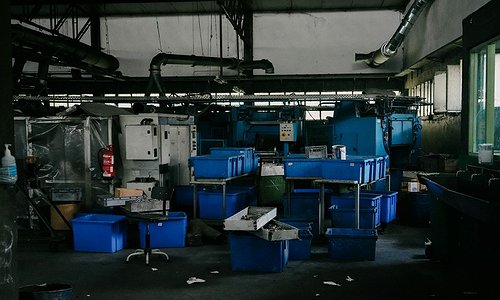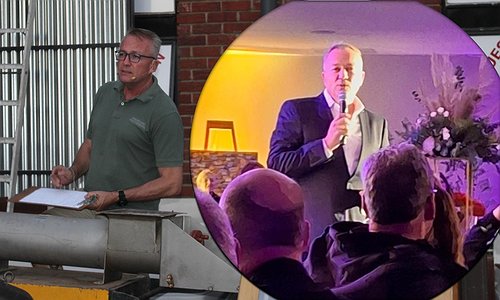Is there still room for luxury in a cost-of-living crisis?
“Little Luxuries” and the smart splurging trend
The global “lipstick effect”, where consumers continue to buy affordable luxuries during downturns, holds true in South Africa. While spending on big-ticket luxury items like international travel and designer fashion has dipped, the beauty and personal care market is showing resilience. According to Euromonitor, premium skincare and fragrances are still performing well, especially in the middle- to upper-income brackets, as people continue to seek small ways to feel good.
This trend is also evident in the growing demand for “quiet luxury,” a concept that gained global traction through shows like Succession. It’s less about flashy logos and more about understated quality: think locally crafted leather goods, high-thread-count linen, and artisanal food products. South Africans are becoming more selective in their spending, with an eye toward value, quality, and brand ethos.
Experiences over excess
Interestingly, luxury spending is shifting toward experiences. Rather than investing in material items, many consumers are prioritising quality time, wellness, and meaningful moments. Luxury safari lodges, boutique hotels, and culinary experiences continue to thrive among high-income South Africans and international tourists alike. While overall discretionary spending is down, companies like Singita and Ellerman House report strong demand for bespoke travel and wellness packages. High-net-worth individuals are opting for fewer but more immersive holidays, often within South Africa or nearby destinations like Namibia and Mozambique.
The luxury of convenience
For time-starved middle-class consumers juggling work, family, and rising living costs, convenience itself has become a form of luxury. Services like grocery delivery, meal kits, and ready-made health-conscious meals are seeing growth despite economic strain. Platforms like Checkers Sixty60 and UCook are tapping into this demand, offering both convenience and a sense of curated living. It’s a shift from “buying luxury” to feeling like you're living well, even on a budget. This redefinition is changing the game for premium brands, which now need to offer more than just a product: they need to deliver an experience or solve a problem.
Reprioritising, not rejecting
The aspirational consumer hasn’t disappeared, they’ve just reprioritised. Millennials and Gen Z, in particular, are still driven by goals like home ownership, wellness, travel, and self-investment. But with less disposable income, they’re becoming savvier. Pre-owned luxury platforms like Luxity are gaining traction, allowing buyers to indulge in luxury at a fraction of the original cost. Meanwhile, loyalty is moving to purpose-driven brands that align with personal values. Sustainability, local production, and social impact now play a bigger role in what’s considered “worth it.”
Adapt or be forgotten
So, is there still room for luxury in a cost-of-living crisis? Absolutely, but it looks different. It’s leaner, quieter, more intentional. The brands that will win are the ones that evolve with the consumer, offering quality, emotional connection, and authenticity in a climate where trust and value are everything.




